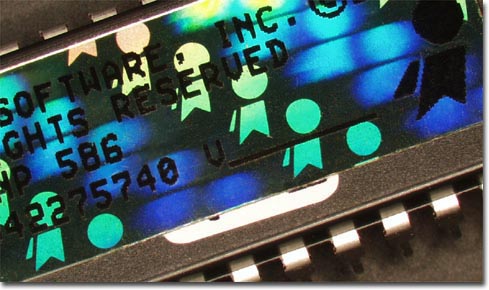|
In computers, the Basic Input-Output System, or BIOS, is built-in software that determines what a particular machine can do without accessing programs from a disk. Usually found on a ROM chip that is included with the computer, the BIOS is designed to make it possible for a computer to boot and load its operating system without being in risk of becoming damaged by disk failures or other hardware or software problems. A computerís BIOS is also responsible for performing a power-on self test to make sure all hardware is working correctly and providing an array of simple routines that the operating system uses to interface with different hardware components, such as the keyboard, mouse, and screen, as well as activating any other BIOS chips on graphics cards or other cards installed in the computer. For many years, BIOS chips were unable to be altered, but since the 1990s, a computerís BIOS is often stored on devices that can be upgraded by the user. Though this change provides added flexibility, a computer may be rendered inoperable if a BIOS update is not properly completed.
|
